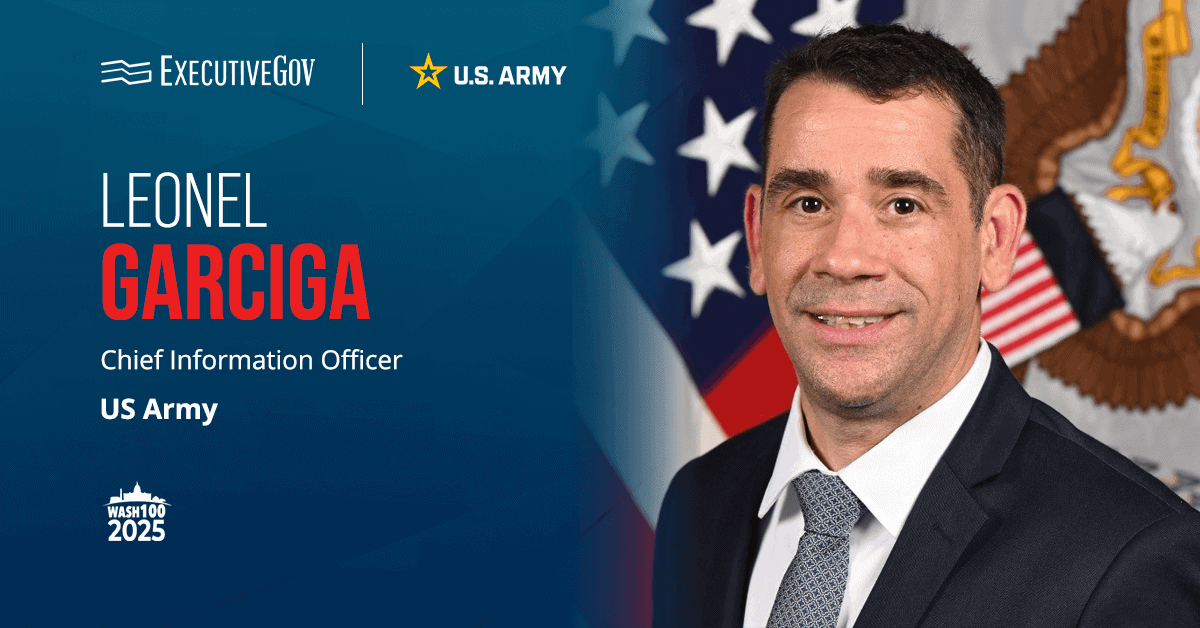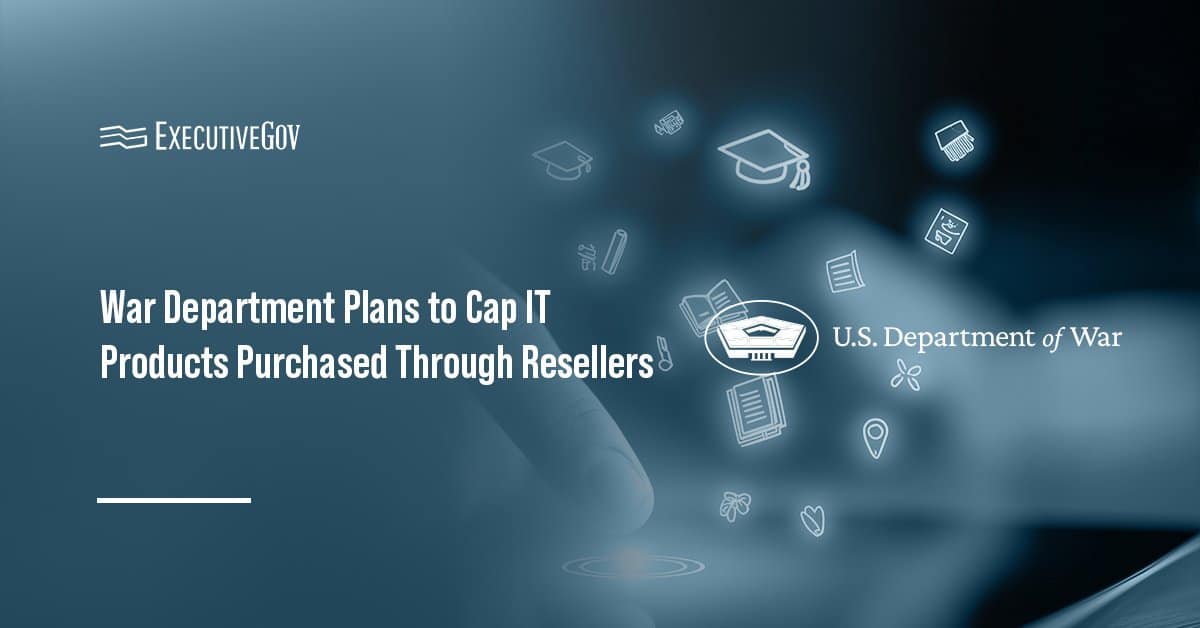The U.S. Army is advancing a broad automation effort aimed at reducing low-value administrative tasks and freeing soldiers and civilian employees to focus on higher-priority missions, Federal News Network reported. Army Chief Information Officer Leonel Garciga, a two-time Wash100 Award recipient, said on the Ask the CIO podcast that the service has identified roughly 300 potential areas where automation and artificial intelligence could simplify workflows and ease the cognitive burden on its workforce.
The initiative began after Under Secretary of the Army Mike Obadal issued a memo directing all major commands and program offices to identify opportunities for process automation and AI integration. Feedback from across the service produced more than 300 submissions, which Garciga’s office has been reviewing to determine which projects would yield the greatest benefit. Because resources are limited, Garciga said the CIO team evaluated proposals using three main criteria: impact on soldiers and civilians, scalability across the Army and cost-effectiveness. Of the 300 ideas, five projects were selected for initial development.
Some proposals revealed unexpected efficiencies. “We found some efficiencies inadvertently as we worked through the process,” Garciga said. “I think we had a good triage mechanism, which was really focused on soldiers and on where we can make the most impact as quickly as possible.”
Table of Contents
Early Priorities: Personnel Records and Training
The Army’s initial focus is on what Garciga calls “administrivia” — routine or repetitive tasks that consume time without adding significant value. Early pilot efforts include using AI to streamline the review of personnel records and applying automation to enhance cross-training programs for both soldiers and civilians.
“Let’s put AI against it to really reduce that cognitive burden,” Garciga said, noting that the aim is to improve response times for personnel inquiries and ensure service members are “in the right place and where they need to be in their lifecycle from a training perspective.”
Business Systems Reform and Data Challenges
In line with AI integration, the Army is advancing business process reengineering to modernize how its business systems operate. Garciga said the effort helps the service understand where modernization challenges stem from, whether data quality, process inefficiencies or technology gaps.
“We’ve been really focused on looking at those areas where we really believe that we can have the most impact directly to soldiers or civilian workforce,” he said. “A lot of times we find that there’s a lot of problems we want to apply AI to, and it’s like, ‘Hey, this is really a data problem.’”
Streamlining Systems and Reducing Technical Debt
The Army’s redefinition of business systems is part of a wider initiative to modernize and consolidate its digital infrastructure. The goal is to merge or retire nearly 100 separate business systems within the next year, an effort led by a cross-Army team working closely with program offices and functional stakeholders.
Central to this work is the creation of a no-code, low-code center of excellence, designed to bring greater consistency and cybersecurity to system development across the service. By reducing duplication and integrating oversight, the Army aims to cut maintenance costs and eliminate “technical debt” built up from legacy systems.
Garciga said the modernization push is focused on improving access to data and tools for both soldiers and civilian personnel. Efforts now underway are intended to accelerate enterprise system convergence, shorten delivery timelines and deliver more efficient digital capabilities to users across the force.





